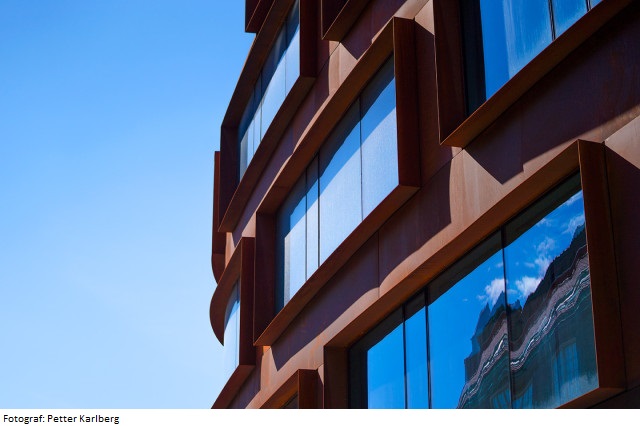This project problematizes the interplay between landscape and the built environment, and the relationships between landscape and scale, movement, and physical structures. In designing a small building/structure, students explore the landscape’s construction, organization, and material attributes, as well as how the landscape informs and can influence the design of buildings and places. What characterizes movements in architecture as opposed to movements in landscapes? Students address issues of circulation in relation to accessibility, and going into and out of systems of circulation through a place in the landscape or in architecture. As part of the assignment, students must account for the small building’s construction as well as the topography’s construction, attributes, climate, and accessibility. Dimensioning and site measurement techniques for landscapes and buildings form a central analysis tool for the project.
The project is divided into two parts.
